I have to regulate the temp of an IC. (70deg. C)
The part will be in a vacuum chamber.
Electrical connections can pass in-out of the vacuum chamber through a port (plenty of connections available.)
I have done this before in air using TECs to regulate the temperature (both heating and cooling) using a control loop with a thermistor for sense feedback.
I am predicting this won't work in a vacuum.
TECs only create a temperature differential. You need a constant temperature reference to go up and down from (like a chunk of metal with fans.)
If that chunk of metal cannot thermally conduct to air it will continue to heat-up. TECs are not 100% efficient; a portion of the input power goes directly into heating the system, regardless of what direction it is being driven.
What I need to do is take thermal energy out of the system.
I don't think it is impossible.
Imagine a cylinder filled with air compressed by a piston, sitting a vacuum.
It takes a constant force for the piston to maintain position.
- Compressing the piston further would heat up the cylinder (energy-IN)
- Decompressing the piston would cool the cylinder (energy-out)
But even this example wouldn't work forever because of the friction losses from the piston actuating.
You need to thermally conduct in-out of the vacuum chamber.
But can you do this with electronics? Would it be a TEC across the vacuum chamber barrier? If so, I don't have that.
